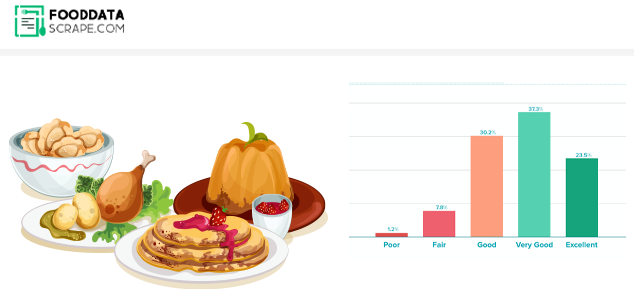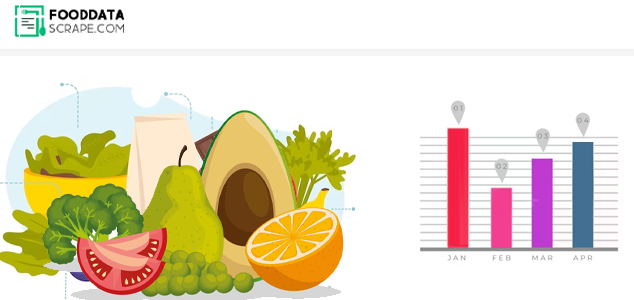

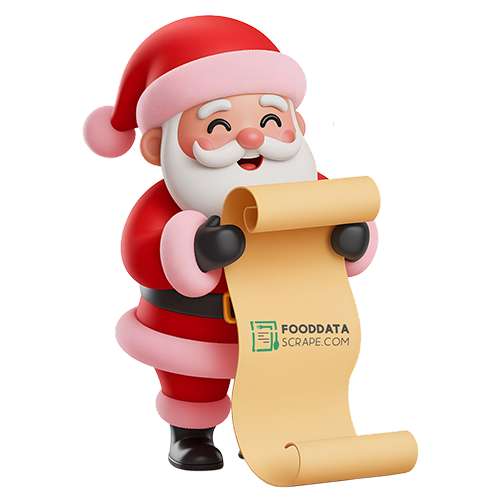























The beverage industry in 2025 is undergoing a remarkable transformation driven by innovation, consumer wellness priorities, and sustainability demands. From cold-brew teas to zero-proof cocktails, today’s drinks are not only about flavor but also about function and experience. This report explores the top 15 beverage trends shaping global consumption patterns, including the growing influence of plant-based milks, functional sparkling waters, and adaptogenic ingredients. By examining data from retail platforms, restaurants, and consumer discussions, this analysis identifies emerging opportunities and challenges across categories such as coffee, tea, alcohol alternatives, and health-focused beverages. The insights reveal how brands can adapt product development, marketing, and pricing strategies to align with evolving consumer expectations in 2025. As boundaries blur between traditional and functional drinks, this report highlights how innovation, transparency, and personalization are driving the next wave of beverage evolution worldwide.
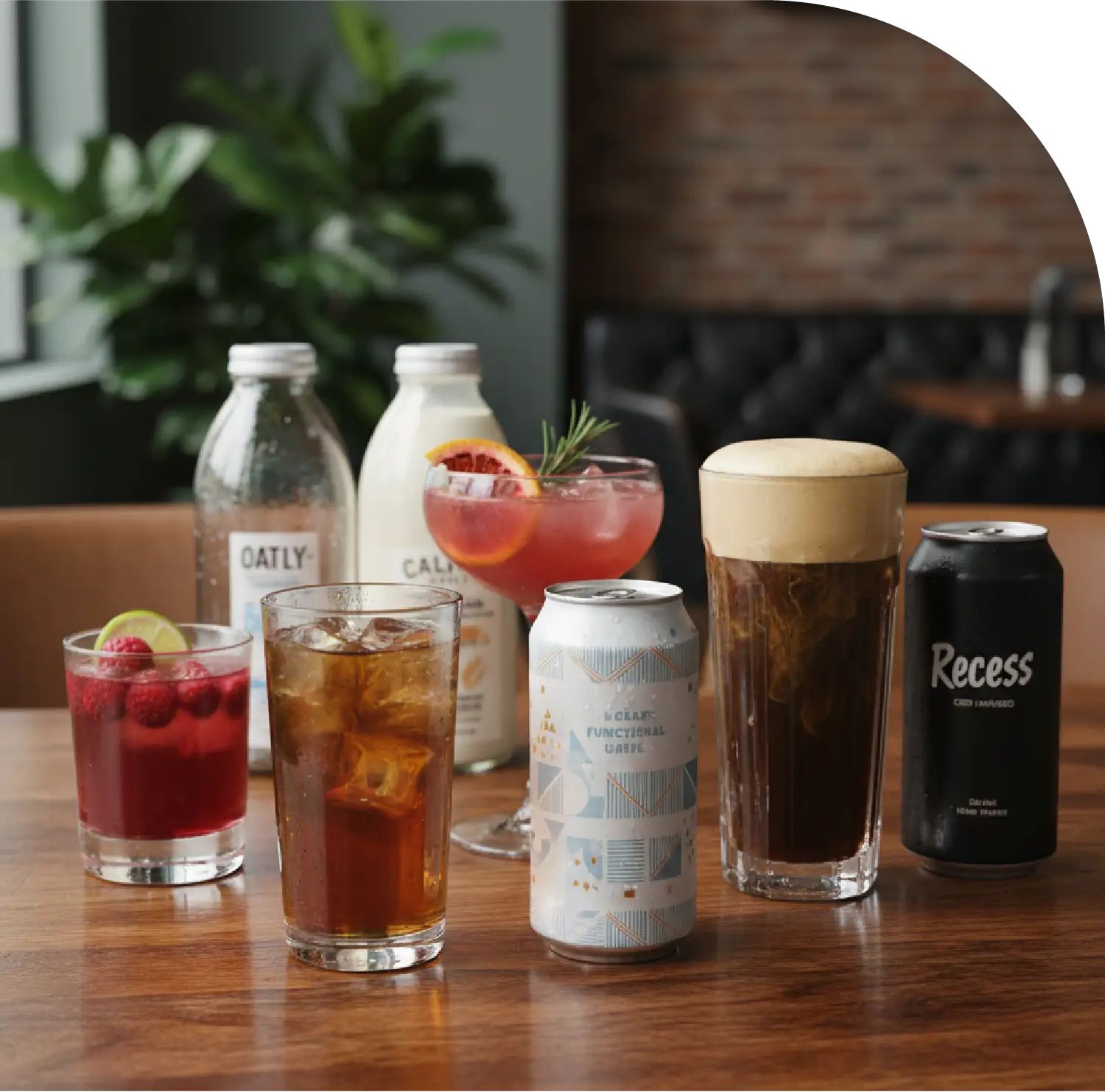
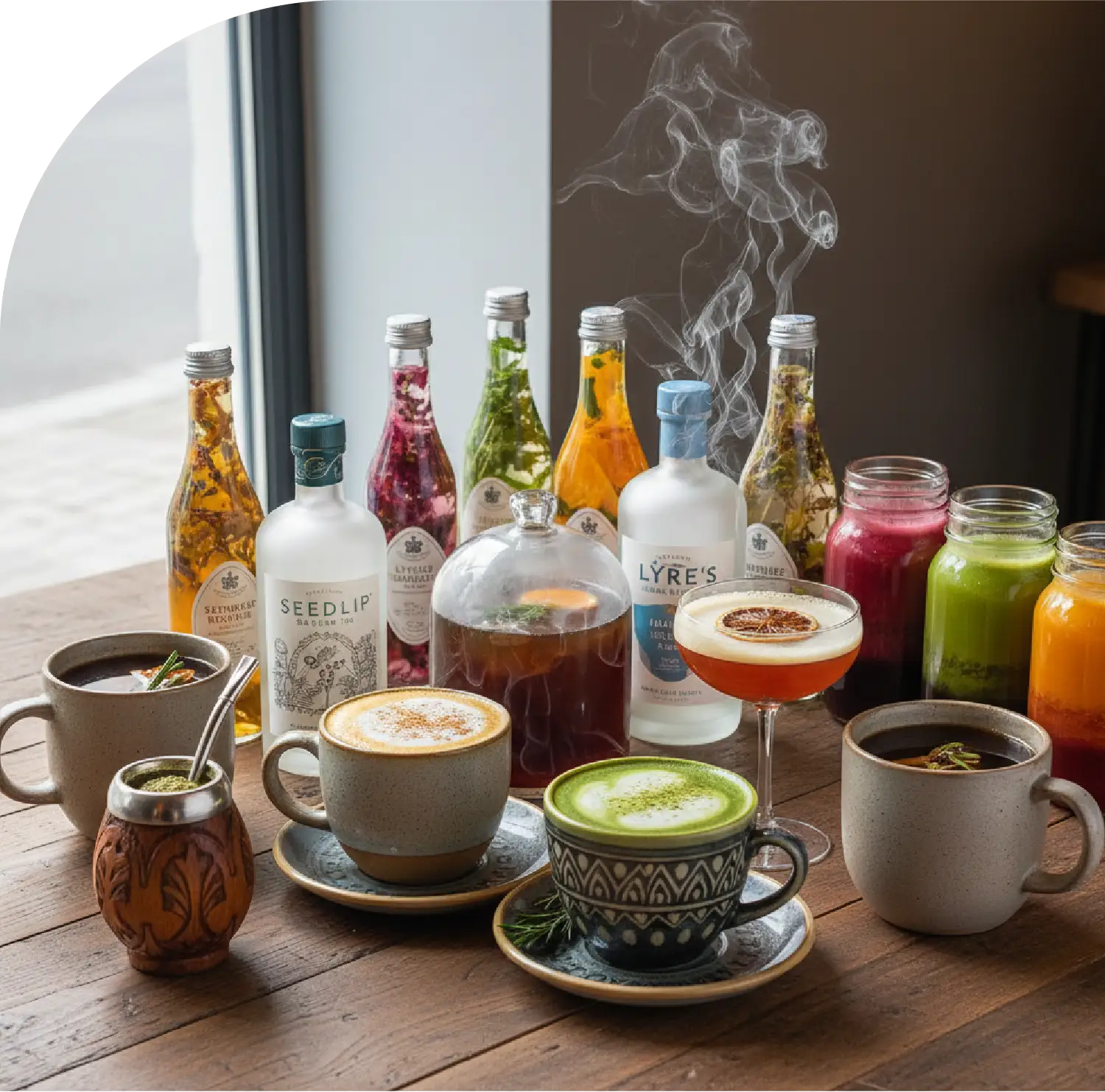
1. Rapid rise of wellness-driven beverages and adaptogenic formulations.
2. Significant consumer shift toward zero-proof and low-sugar drinks.
3. Cold-brew tea and plant-based milks leading the premium hydration trend.
4. Functional sparkling waters merging health with sensory appeal.
5. Flavor innovation focusing on botanicals, umami, and hybrid juice blends.
The global beverage market in 2025 reflects an era where taste, wellness, and innovation merge. Consumers are no longer content with traditional drink choices; instead, they seek beverages that align with personal health goals, sustainability values, and experiential consumption. Using Web Scraping Top 15 Beverage Industry Trends 2025, this research explores how structured data extraction empowers businesses to understand, anticipate, and respond to fast-evolving beverage preferences.
By implementing methods to Extract Top 15 Beverage Trends Insight 2025, analysts and marketers can monitor emerging products, pricing shifts, and regional flavor dynamics across restaurants, grocery platforms, and e-commerce channels. This report leverages web-scraped datasets from menus, online beverage retailers, and social mentions to uncover patterns shaping what and how people drink.
With the support of Top Beverage Industry Data Scraping 2025, our study provides a comprehensive overview of consumer preferences, pricing insights, and flavor innovations driving global beverage growth.
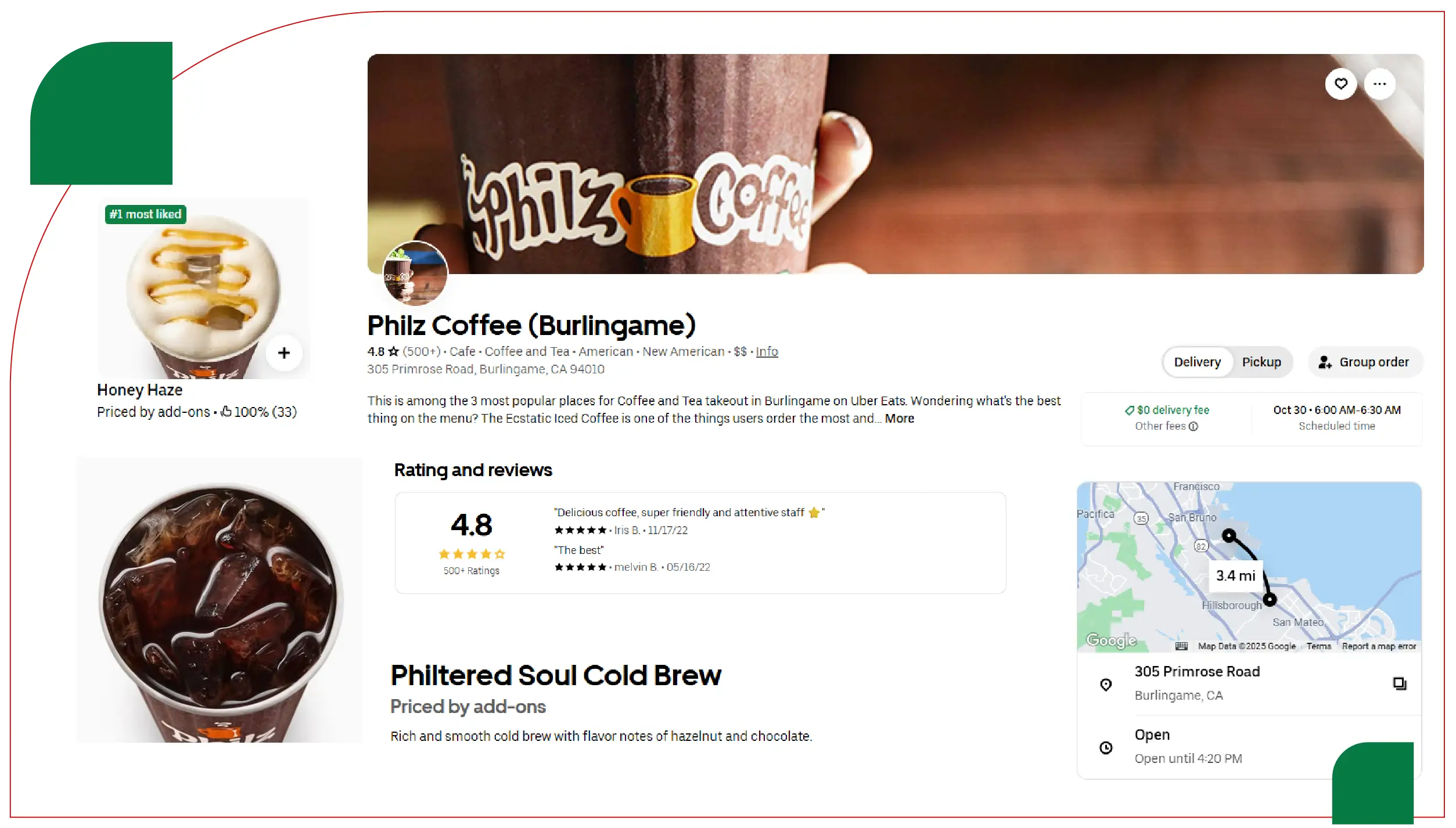
The study applies a data-driven methodology that uses automated crawling and parsing techniques to extract structured datasets from multiple digital sources.
| Rank | Beverage Trend | Primary Consumer Motivation | Average Price (USD) | Market Growth (YoY %) |
|---|---|---|---|---|
| 1 | Cold-Brew Tea | Wellness & Hydration | 3.5 | 45% |
| 2 | Functional Sparkling Water | Energy & Clarity | 2.8 | 51% |
| 3 | Nitro Coffee | Clean Energy | 4.2 | 36% |
| 4 | Oat & Plant-Based Milks | Sustainability | 3.1 | 41% |
| 5 | Kombucha Cocktails | Gut Health & Social Drinking | 5.4 | 48% |
| 6 | CBD-Infused Beverages | Stress Relief | 6.0 | 38% |
| 7 | Shrubs (Vinegar Drinks) | Taste Experimentation | 4.5 | 33% |
| 8 | Golden Milk Lattes | Anti-Inflammatory | 4.0 | 29% |
| 9 | Matcha Beverages | Energy & Focus | 4.3 | 42% |
| 10 | Botanical Tonics | Premium Non-Alcoholic | 5.8 | 37% |
| 11 | Non-Alcoholic Spirits | Sober-Curious | 8.5 | 54% |
| 12 | Bone Broth Drinks | Protein & Recovery | 4.9 | 28% |
| 13 | Spiced & Smoked Cocktails | Culinary Experience | 9.0 | 32% |
| 14 | Yerba Mate Drinks | Natural Caffeine | 3.7 | 30% |
| 15 | Hybrid Juices | Nutrition & Taste | 3.2 | 25% |
| Segment | Share of Market (%) | Avg. Growth Rate | Example Drinks |
|---|---|---|---|
| Coffee-Based | 24% | 18% | Nitro coffee, cold brew |
| Tea-Based | 18% | 22% | Matcha, cold-brew tea |
| Alcoholic & Hybrid | 20% | 25% | Kombucha cocktails, spiced drinks |
| Functional Wellness | 16% | 30% | Golden milk, CBD drinks |
| Plant-Based Dairy | 12% | 20% | Oat, almond milk |
| Energy & Herbal | 10% | 28% | Yerba mate, herbal tonics |
The beverage sector’s diversification demands advanced monitoring tools. Using method to Extract Real-Time Beverage Demand Data 2025, companies can track how beverage preferences shift across seasons, geographies, and demographics.
Integration with Food Delivery Data Scraping Services allows for the collection of menu-level data that reflects real-time consumption behaviors. This insight helps beverage brands align with what consumers are ordering and when.
Additionally, Restaurant Menu Data Scraping helps identify beverage innovation hotspots and cross-category collaborations (e.g., tea-cocktail hybrids).
By coupling these insights with Real-Time Food Delivery Scraping API Services, brands can instantly analyze demand fluctuations and promotional effectiveness.
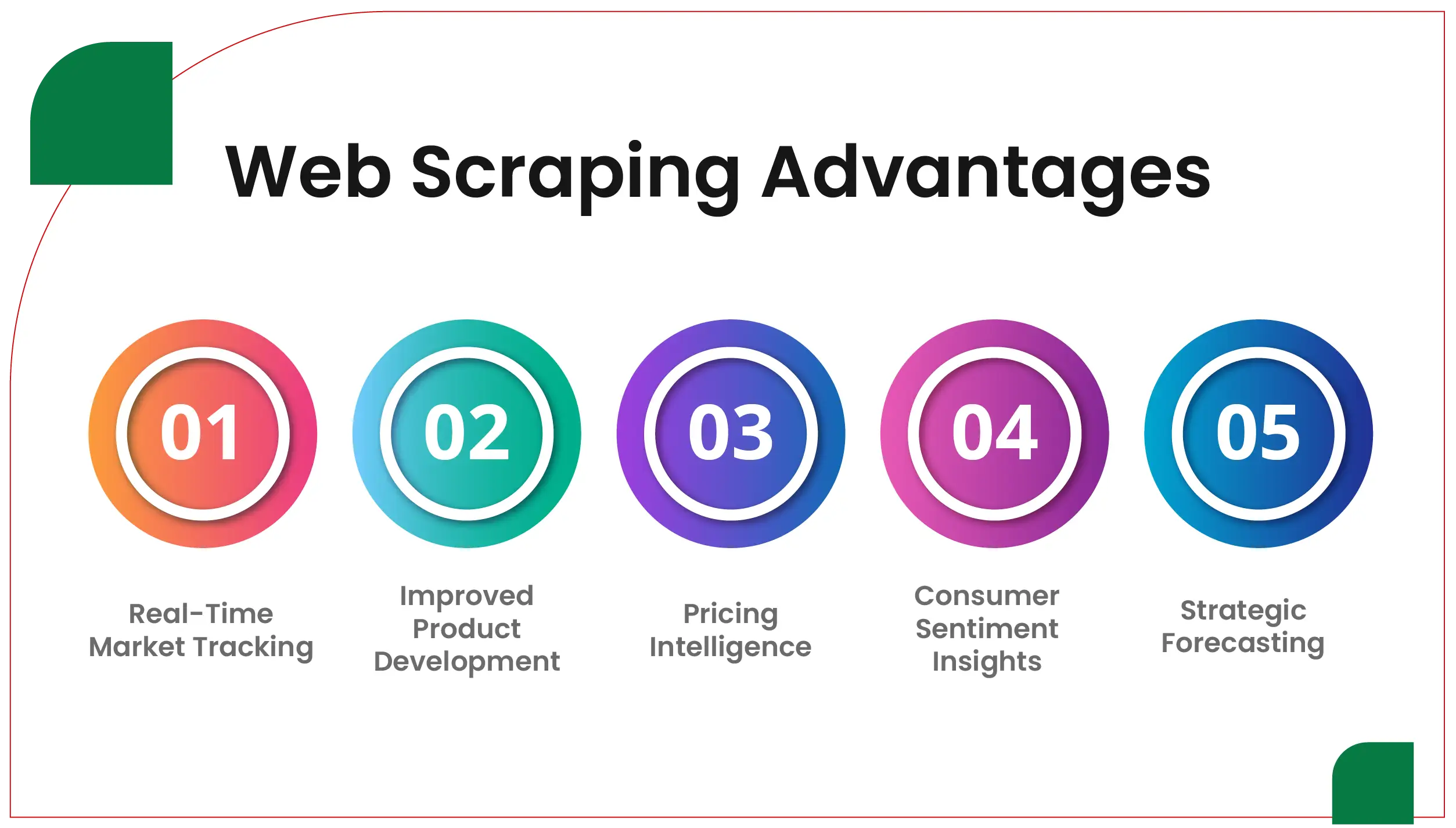
By 2026, personalization and bio-functional beverages will define the next growth wave. AI-enhanced data scraping tools will predict flavor trends and consumer behavior shifts.
Integrating beverage data with quick-commerce scraping systems will enable hyper-local product customization, ensuring better alignment between production and consumer interest.
Partnerships between beverage producers and digital data firms will likely intensify, leveraging predictive insights from structured datasets.
The insights derived from Web Scraping Top 15 Beverage Industry Trends 2025 reveal that beverage innovation is evolving faster than ever before. From cold-brew teas to zero-proof spirits, consumer demand is increasingly diverse and purpose-driven.
Businesses leveraging Liquor Price Web Scraping API Services can integrate real-time pricing and availability tracking into strategy dashboards. Similarly, Grocery Price Dashboard tools offer comparative pricing visibility across supermarkets and digital marketplaces.
Finally, adopting a Liquor Price Tracking Dashboard alongside beverage trend scraping allows producers, distributors, and retailers to make data-backed decisions, aligning innovation with market reality and consumer sentiment.
Are you in need of high-class scraping services? Food Data Scrape should be your first point of call. We are undoubtedly the best in Food Data Aggregator and Mobile Grocery App Scraping service and we render impeccable data insights and analytics for strategic decision-making. With a legacy of excellence as our backbone, we help companies become data-driven, fueling their development. Please take advantage of our tailored solutions that will add value to your business. Contact us today to unlock the value of your data.

